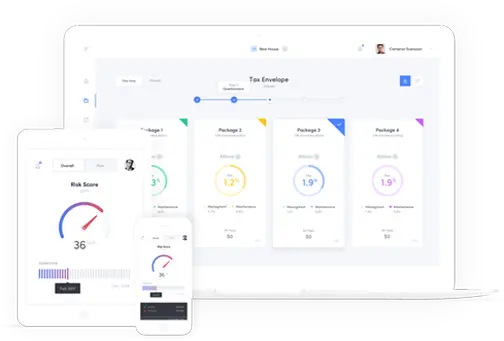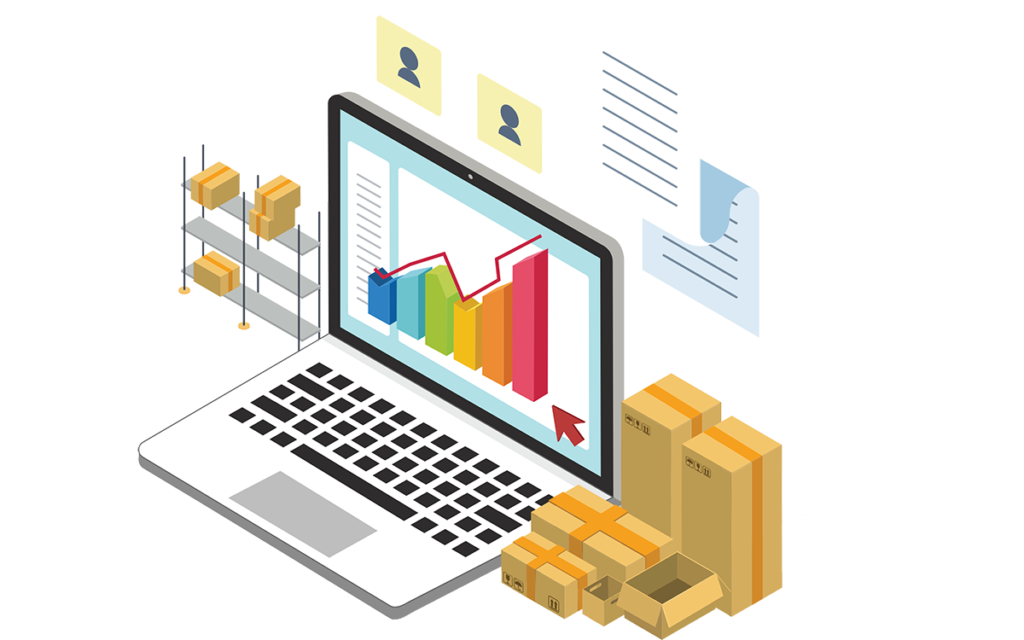

Stock management software is a type of software that helps businesses track inventory levels, orders, sales, and deliveries. It is an essential tool for businesses that deal with physical products, as it can help automate and streamline their inventory management processes, reducing errors and increasing efficiency.
There are many different stock management software options available on the market, each with its own features and benefits. Some common features of stock management software include:
Inventory tracking: This feature allows businesses to track their inventory levels in real-time, so they know how much stock they have on hand and when they need to reorder.
Order management: This feature enables businesses to manage their orders, including processing orders, creating invoices, and shipping products.
Reporting and analytics: This feature provides businesses with insights into their inventory levels, sales trends, and other key metrics, allowing them to make data-driven decisions.
Barcode scanning: This feature enables businesses to use barcode scanners to quickly and accurately track inventory levels and sales.
Integrations: Many stock management software solutions integrate with other business software, such as accounting software, e-commerce platforms, and shipping software, making it easier to manage all aspects of a business from a single dashboard
When choosing a stock management software solution, it's important to consider factors such as cost, features, ease of use, and customer support. Some popular options include TradeGecko, Zoho Inventory, and QuickBooks Online.
Yes, those are some popular options for stock management software, but there are many other options available on the market as well. When choosing a stock management software solution, it's important to consider your specific business needs and budget.
Here are some factors to consider when choosing a stock management software solution:
Cost: Stock management software solutions can range from free to several thousand dollars per year. It's important to consider the cost of the software in relation to your budget, and to factor in any additional costs such as training or setup fees.
Features: Different stock management software solutions offer different features. Some key features to consider include inventory tracking, order management, reporting and analytics, barcode scanning, and integrations with other software.
Ease of use: The software should be intuitive and easy to use, even for those without technical expertise. Look for a software solution that has a user-friendly interface and provides clear instructions or tutorials.
Customer support: It's important to choose a software provider that offers good customer support, such as email or phone support, chat support, or an online knowledge base.
Integration with other systems: If your business uses other software, such as an accounting or e-commerce platform, look for a stock management software solution that integrates with those systems.
By considering these factors, you can find a stock management software solution that meets the specific needs of your business.
There are many different methods and strategies for investing in the stock market, and each one has its own advantages and disadvantages. Here are some common stock market methods:
Buy and hold: This is a long-term strategy where investors buy stocks and hold them for an extended period of time, usually several years or more. The goal is to benefit from the overall growth of the market and to avoid the volatility and risks associated with short-term trading.
Value investing: This strategy involves looking for undervalued stocks that have strong fundamentals, such as a solid balance sheet, stable earnings, and a good dividend yield. The goal is to buy these stocks at a discount and hold them until their true value is realized.
Growth investing: This strategy involves looking for stocks of companies that are expected to experience above-average growth in earnings and revenue. The goal is to buy these stocks at a reasonable price and hold them for the long term as they grow and increase in value.
Index investing: This strategy involves investing in a diversified portfolio of stocks that track a specific index, such as the S&P 500 or the Dow Jones Industrial Average. The goal is to benefit from the overall growth of the market while minimizing risk and volatility.
Technical analysis: This strategy involves using charts and other technical indicators to identify patterns and trends in stock prices. The goal is to predict future price movements and make trading decisions based on these predictions.These are just a few examples of the many different stock market methods and strategies that investors use. It's important to do your research and choose a method that aligns with your investment goals and risk tolerance.